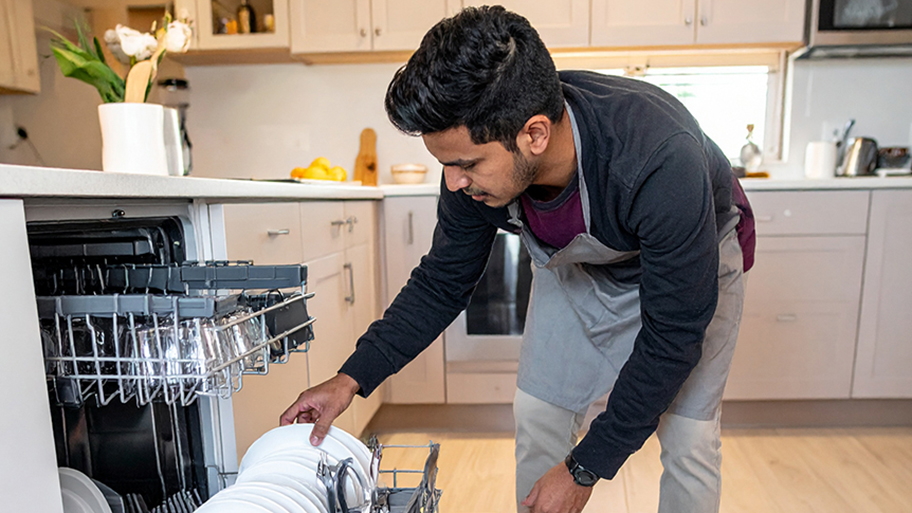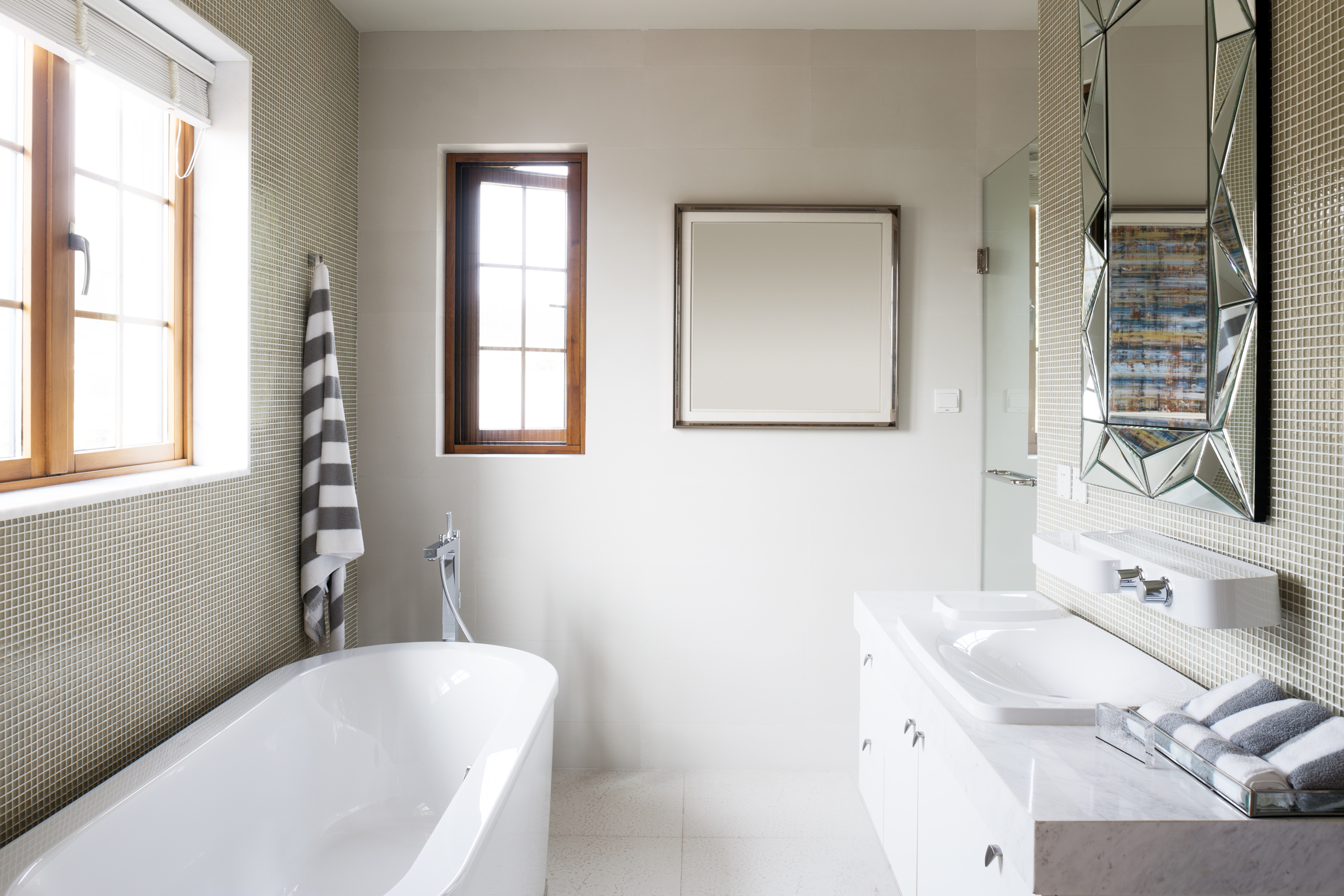
If you need to pump sewage waste uphill to reach a septic tank or street sewer, you may need a dedicated grinder pump. Follow our guide to determine how much a sewer grinder pump costs and any prices that may creep up during the install.
No snake, no plunger, no problem!


A clogged toilet is a minor disaster, especially if you've only got one and everyone's bursting to use it! But before you break out the plunger or call in a plumber, you might have a fast, simple solution right in your pantry.
Vinegar and baking soda are more than just baking ingredients; they’re popular natural cleaning agents and can even work in sync to dislodge that clog. The fizzy reaction of baking soda and vinegar is often enough to shift blockages—without any frantic plunging on your part.
But if your clog is particularly stubborn and your toilet remains stopped-up, it's best to call a local plumbing pro and let them get your bathroom back in order.
Look at your toilet bowl. Is the water almost at the rim? If so, you need to remove some water before you add the baking soda and vinegar. Otherwise, the fizzy reaction will cause the toilet bowl to overflow (yuck!).
Remove enough so the remaining water is no more than halfway up the toilet bowl to ensure you don't make a mess all over your bathroom floor.
It’s time to raid your pantry! But a note of warning: Never add baking soda or vinegar immediately after using chemical drain cleaners or clog removers, as you can accidentally produce dangerous gasses that can make you really sick.
If the clog is severe enough to have caused a full toilet basin, then you should be extra cautious and maybe only use 1/4 cup each of baking soda and vinegar at a time to avoid overflowing. Trust us: you really don't want your toilet to turn into a science fair volcano.
If your toilet is half full (or less) pour 1 cup of baking soda right into the bowl. For more severe clogs with fuller toilet bowls, remove some water and pour in 1/4 cup of baking soda.
Use equal parts vinegar and baking soda for a nice, strong reaction. So, if you used 1 cup of baking soda, add 1 cup of vinegar to the bowl. As soon as you add the vinegar, you'll see and hear the crazy fizzing.
You'll see the fizzing substances rise and expand rapidly in the toilet bowl, but they'll also quickly start to recede. Wait a few minutes while the baking soda and vinegar continue to bubble and fizz, monitoring for any possibility of an overflow.
Once the reaction stops, grab a kettle of very hot water and empty it (carefully to avoid burning splashes) into the toilet bowl. This should be the final step in releasing the clog.
If it worked, the toilet will make a quick sucking sound and the water should drain normally.
To make sure the clog is really gone and hasn't just temporarily shifted, flush the toilet a few times. If it flushes normally, great—you successfully unclogged your toilet!
In some cases, it takes more than one dose of bicarb and vinegar to unclog a toilet. So if your first attempt isn't successful, go back to step one and start over.
If a repeat treatment is necessary, leave the mixture for 30 minutes so it can really attack that stubborn clog before you add the hot water. You may also want to use a plunger once the fizzing action subsides (before you add hot water) to encourage the clog to release. If you don’t have one, you can still unclog a toilet without a plunger.
If you flush baking soda and vinegar a few times and plunge until your arms are sore and the clog is still there, you need a pro to intervene.
If your toilet is clogging every few days or weeks, this is a sign of a more serious plumbing issue and you should definitely hire a plumbing pro.
You may also hear your toilet making gurgling sounds, which is usually indicative of a potentially significant issue somewhere in your plumbing system. Similarly, if your toilet water is suddenly much lower than normal, you need expert help because this is likely a problem further along the sewer line, and baking soda and vinegar are left powerless.
If baking soda and vinegar doesn’t do the job, there are a few other DIYs you can tackle before you call for backup. For example, you can learn how to snake a drain or try using a chemical cleaner.
But if none of these methods work, you’ll have to call a pro. The hourly cost of hiring a plumber typically ranges from $180 - $489, depending on the severity of the clog. Unfortunately, if you’ve already tried all the DIY tricks to clear your lines, your issue may be bigger than just a simple clog and may end up costing you more.
From average costs to expert advice, get all the answers you need to get your job done.

If you need to pump sewage waste uphill to reach a septic tank or street sewer, you may need a dedicated grinder pump. Follow our guide to determine how much a sewer grinder pump costs and any prices that may creep up during the install.

Worried about water leaking around your toilet? You may have a faulty toilet flange. Learn more about the cost to replace a toilet flange in our guide.

Repairing a main water line is an urgent matter, so use this guide to get an idea of how much main water line repairs cost to act fast.

Save money by learning to DIY install a dishwasher drain hose. You can do it with or without an air gap fitting in less than an hour and a half.

Linear shower drains offer several stylistic options for your bathroom, but they can come at a cost. Keep reading to learn about linear shower drain pros and cons.

If your bathtub is leaking from underneath, there are a few things to check to find the source and get a permanent fix in place to minimize water damage.